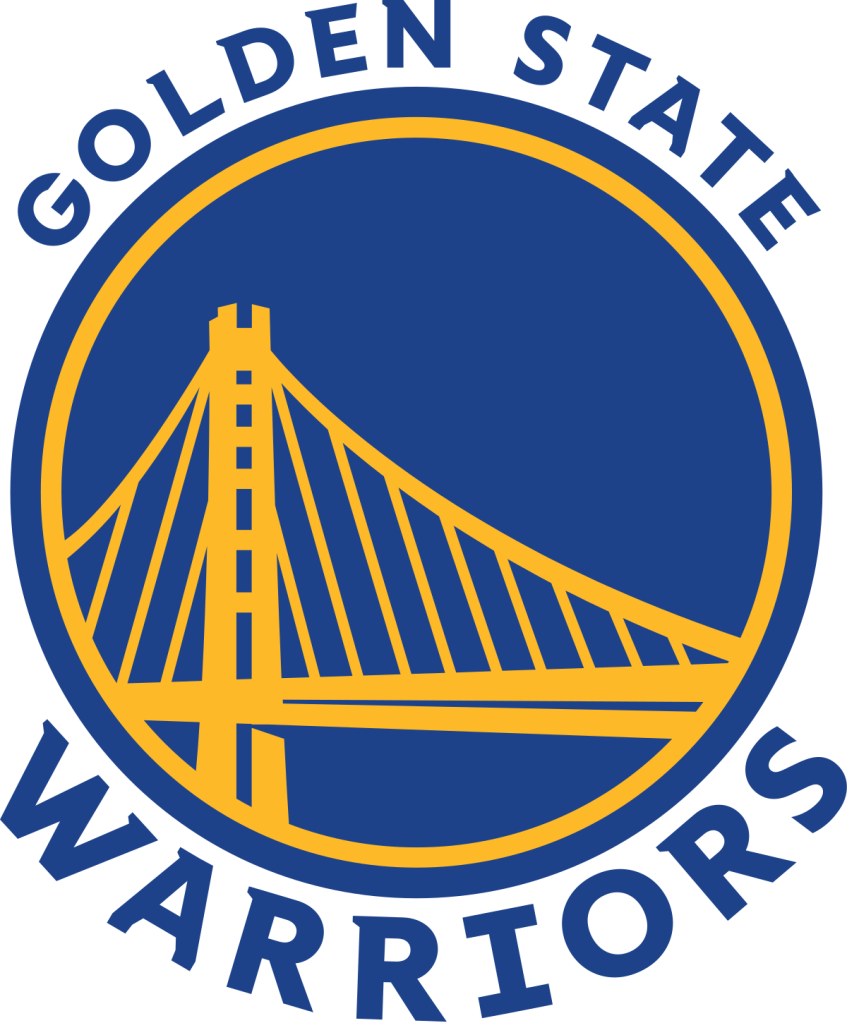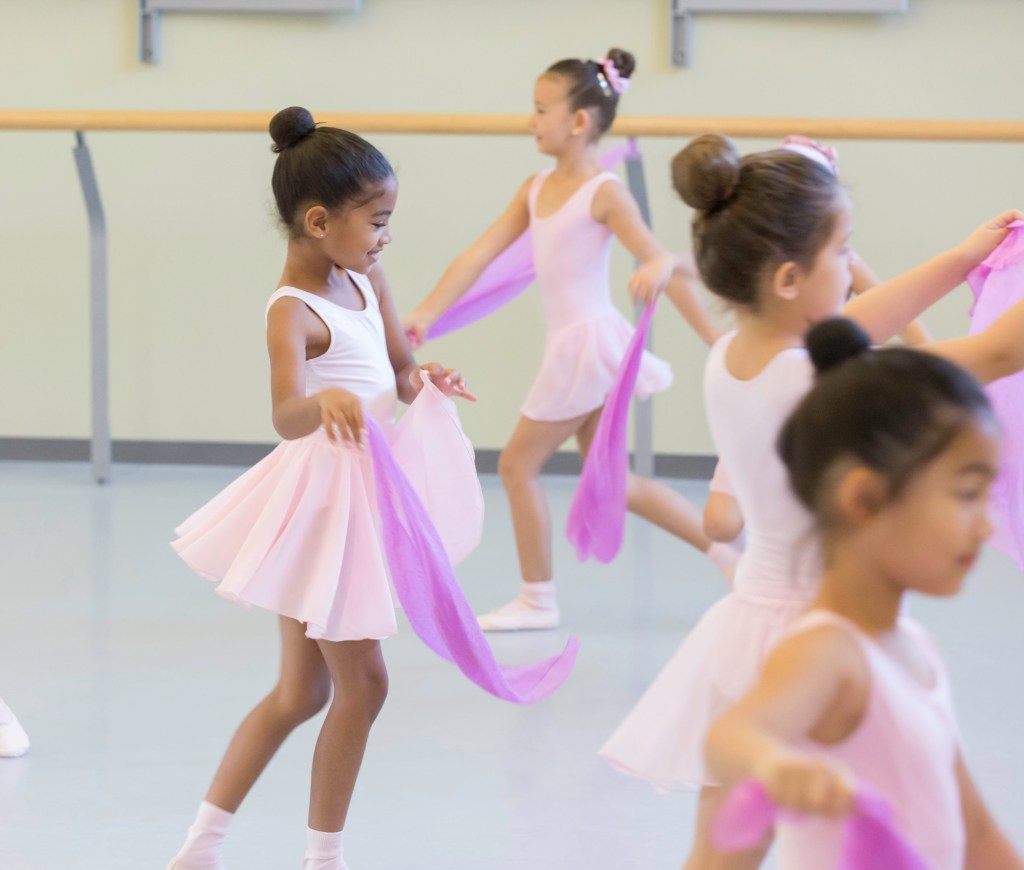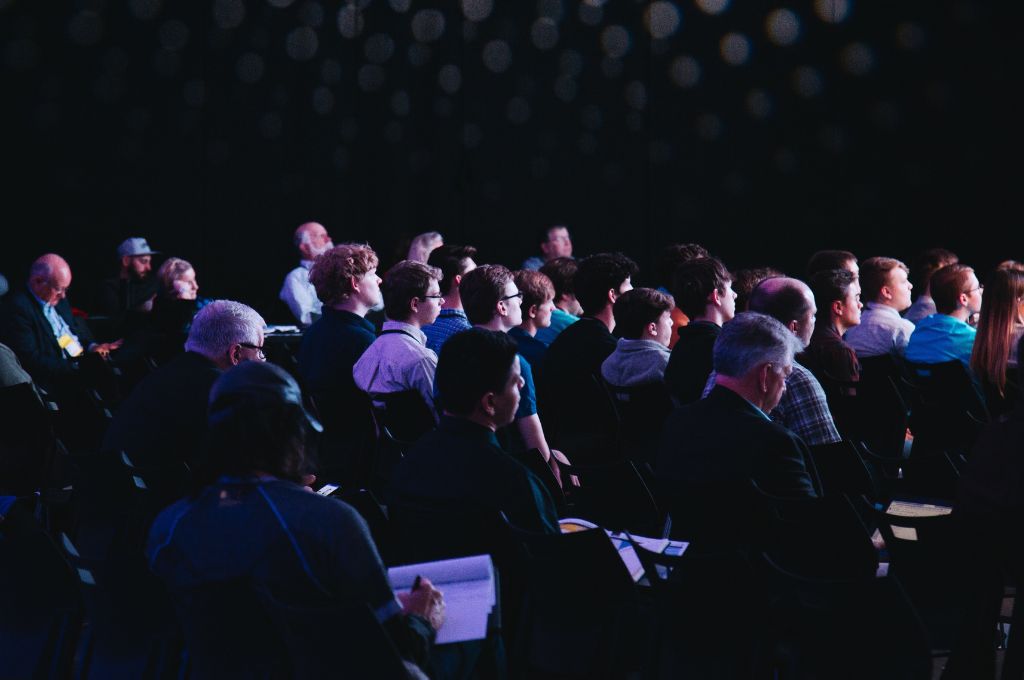The proven benefits of offering education and your established brand above and beyond your traditional programming.
In the dynamic and competitive world of live events, the quest for innovative and effective revenue streams never ends. As a prominent player in this field, your brand, likely centered around a physical venue, holds a natural influence in your local community—a potential treasure trove that often goes unnoticed. Each day, your venue serves as a constant reminder of the captivating experiences you offer. The power of this familiarity extends beyond merely hosting and promoting live events. It’s about leveraging this pervasive awareness to cultivate diverse forms of engagement and, in turn, generate a sustainable stream of revenue.
One underexplored avenue of revenue generation lies in offering educational opportunities. By extending offerings beyond standard programming to include a variety of classes that align with your brand promise, directly or indirectly, you not only cater to your existing audience in a novel way but also lure new audiences. This strategy has proven successful for numerous organizations worldwide, and this article aims to shed light on how you too can leverage educational offerings for the enhanced financial health and overall growth of your organization. It’s time to broaden your horizons and explore the hidden potential that education can bring to your venue.
When it comes to launching educational programs and classes, a well-known live event organization stands at a significant advantage over a newcomer in the market. The strength of an established brand in a community cannot be overstated. Having already carved a niche for itself through years of operation and engaging events, your brand is a familiar presence to your
local community.
This familiarity breeds trust and encourages loyalty among your existing audience. When you introduce educational programs, your established credibility translates into a higher likelihood of acceptance and participation. This is due to the confidence your audience has in the quality of experiences you offer. Moreover, the visibility that your brand enjoys within the local market allows you to reach potential consumers without heavy investment in promotional activities.
Your standing as a prominent live event organization in the community positions you to launch new initiatives with greater success. The strength of your brand is indeed a major asset when you decide to venture into offering classes and educational programs. It ensures that your new initiatives are not just seen but are also embraced by your target market. This paves the way to a more diverse and sustainable revenue stream for your organization.


A Case In Point
THE GOLDEN STATE WARRIORS
One prominent example of harnessing the power of a brand to foster community connection through classes and camps is the Golden State Warriors, a professional basketball team in the NBA. Recognizing the potential of their brand beyond the basketball court, the Warriors have established the Warriors Basketball Academy. This initiative offers youth clinics, camps, and training programs that not only aim to enhance basketball skills but also embody the values of teamwork, respect, and sportsmanship. The Academy utilizes the Warriors’ brand power to draw in young enthusiasts, providing them with an inclusive and nurturing environment to grow, learn, and develop a deeper connection with the sport and the team. This venture not only strengthens the Warriors’ brand community but also serves as a significant source of revenue, proving the efficacy of integrating educational offerings into a live event organization’s portfolio.
Generating Incremental Revenue
One of the primary objectives of introducing educational programs is to generate incremental revenue. This can happen both directly and indirectly. Directly, you can create a suite of classes and educational programs, essentially mini-events, and sell them to consumers. By carefully accounting for the operational costs of these programs, you can design them in a way that generates a substantial amount of revenue at a margin that suits your requirements.
Indirectly, this initiative can also drive revenue growth in less obvious yet equally impactful ways. For instance, as you roll out these new offerings, you can expand your consumer database. This expansion provides a larger pool of potential customers to whom you can market your premium events, thus increasing ticket sales.
But the indirect benefits are not confined to this alone. Your reputation in the community is bound to get a significant boost from offering additional value through these educational classes and programs. This enhanced image can result in more people associating positively with your brand, leading to greater loyalty and a higher likelihood of repeat business. It also opens doors to partnerships with other organizations, sponsorship opportunities, and other avenues that can contribute to your revenue stream.
In essence, by introducing educational programs, you’re not just creating another product to sell. You’re also creating a stronger, more resilient, and more diverse revenue strategy for your organization.
The Influential Live Event Organizations Benefiting From Camps and Classes
The Metropolitan Opera: One of the leading live event organizations, The Metropolitan Opera has a robust educational program. Their initiative, “Met Opera Students”, offers a range of workshops, lectures, and camps, accounting for a significant portion of their overall revenue.
American Ballet Theatre: The ABT does more than just host world-class ballet performances. They run a “Young Dancer Summer Workshop” and a range of ballet classes throughout the year, contributing significantly to their overall revenue.
Cirque du Soleil: Known globally for their stunning performances, Cirque du Soleil offers a “Cirque du Monde” program designed to engage at-risk youths with circus arts, contributing to their community outreach and revenue generation.
The Royal Shakespeare Company: The RSC offers a variety of workshops and classes for all ages, alongside their world-renowned productions. These educational initiatives create a considerable revenue stream for the company.
Chicago Symphony Orchestra: The CSO’s educational initiative, “CSO Sounds & Stories”, comprises workshops, concerts for schools, and a variety of educational programs, all contributing to their overall revenue.
Berkeley Repertory Theatre: Berkeley Rep offers an extensive range of classes, camps, and workshops, making education a significant part of their
revenue stream.
These examples highlight how incorporating educational programs can diversify the revenue streams of live event organizations, leading to greater sustainability and resilience.

Expanding Beyond Your Traditional Demographic
One of the most significant benefits of incorporating classes, camps, and educational programs into your live event organization’s offerings is the potential to extend your audience well beyond your traditional target demographic. The diversity of interests among audiences warrants a shift from solely hosting live events to introducing interactive experiences. This shift allows you to attract individuals who are more inclined towards participation than observation, thereby broadening your audience base.
By offering an array of programs that cater to different age groups and interests, you open doors to communities that you might not typically engage with. For instance, the youth market is a demographic that holds immense untapped potential. Introducing youth-centered programs such as camps, classes, and workshops can be instrumental in creating lifelong enthusiasts of music, sports, arts, or whichever field your organization represents.

Organizations that have created world-class youth programming that feeds their mission:
Lincoln Center for the Performing Arts: Based in New York City, Lincoln Center offers a variety of youth programs, including camps, workshops, and classes in the performing arts. They provide opportunities for young people to experience music, dance, and theater, often featuring performances by world-class artists.
The Smithsonian Institution: Offering a range of educational programs, the Smithsonian’s Discovery Theater is dedicated to youth and their families. Their programs span an array of topics from history and culture to science and technology.
The Rock and Roll Hall of Fame: Located in Cleveland, Ohio, the Rock and Roll Hall of Fame provides educational programs designed to teach youth about the history and influence of rock and roll music. They offer various classes, workshops, and summer camps focusing on music education, history, and performance.
The Exploratorium: This San Francisco-based museum of science, technology, and arts offers numerous educational programs, including youth camps and workshops that encourage hands-on learning and foster a deeper understanding of the world.
The National Ballet School of Canada: Located in Toronto, this ballet school offers a range of educational programs including youth ballet classes, summer camps, and a professional ballet academic program. It’s a perfect example of engaging the youth in arts through education.
Not only do these programs serve as a platform to introduce young individuals to your domain, but they also provide a unique opportunity for your organization to be a part of shaping their experiences and memories in these formative years. This engagement at an early age can foster a lasting relationship between the youth and your brand, thereby ensuring future audience loyalty and continued patronage.
Incorporating educational offerings into your portfolio doesn’t just extend your audience but also diversifies it. It encourages new individuals to enter your ecosystem and learn about your organization. This expansion and diversification of your audience are significant strategic drivers, making the addition of classes, camps, and educational programs a worthwhile venture for your live event organization.
Key Takeaway: This Is A Priority
The integration of educational programs into a live event organization’s offerings presents an extraordinary opportunity for strategic growth, both financially and in terms of audience engagement. This initiative leverages the strength of your established brand, generating both direct and indirect incremental revenue, and expanding your reach beyond the traditional demographic. With a myriad of benefits including enhanced brand image, increased audience loyalty, potential partnerships, and diversification of revenue streams, this strategic initiative should undoubtedly rank high for any live event organization dedicated to growth and sustainability. By embracing education, we not only enrich our offerings but also strengthen our connection with the community, fostering lifelong, mutually beneficial relationships.

